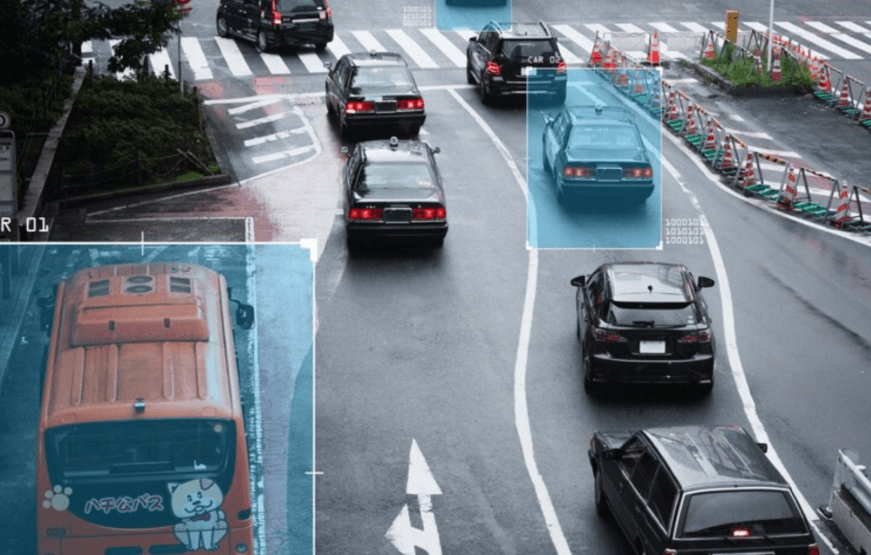Smart vehicles are increasingly incorporating advanced technologies that significantly enhance road safety. Collision avoidance systems enable real-time hazard detection, while adaptive cruise control maintains safe distances between vehicles. Furthermore, real-time traffic updates provide critical information about road conditions, thereby reducing accident risks. As these innovations evolve, their potential implications for future road safety warrant closer examination. What developments might redefine safety standards in the automotive industry?
The Role of Collision Avoidance Systems
Collision avoidance systems (CAS) play a critical role in enhancing road safety by employing advanced technologies to detect potential hazards and mitigate the risk of accidents.
These systems utilize sophisticated collision detection algorithms to identify imminent threats, activating emergency braking when necessary.
See also: How Emerging Technologies Are Shaping the Future of Education
Benefits of Adaptive Cruise Control
Adaptive cruise control (ACC) represents a significant advancement in automotive technology, complementing systems like collision avoidance by enhancing driver convenience and road safety.
By automatically adjusting the vehicle’s speed to maintain a safe following distance, ACC optimizes adaptive speed, thereby reducing driver fatigue.
This technology not only promotes driver comfort but also fosters a more relaxed driving experience, contributing to overall road safety.
Real-Time Traffic Updates and Their Impact
As traffic conditions continuously evolve, the integration of real-time traffic updates into smart vehicle systems has emerged as a critical component in modern road safety initiatives.
These updates facilitate enhanced traffic management by providing timely user notifications about congestion, accidents, or hazards.
Consequently, drivers can make informed decisions, reducing the likelihood of accidents and promoting safer travel experiences on increasingly complex roadways.
The Future of Smart Vehicle Technology and Safety
While the landscape of transportation continues to evolve rapidly, the future of smart vehicle technology promises to significantly enhance road safety through advanced innovations.
Key advancements in autonomous driving and vehicle-to-vehicle communication will facilitate real-time data sharing, minimizing collision risks.
As these technologies mature, they will empower drivers with greater awareness, ultimately fostering a safer and more efficient transportation ecosystem.
Conclusion
In the realm of road safety, smart vehicles emerge as vigilant sentinels, tirelessly guarding the pathways. Like a skilled conductor orchestrating a symphony, these technologies harmonize collision avoidance systems, adaptive cruise control, and real-time traffic updates, transforming chaos into order. As we navigate an evolving landscape, the promise of future advancements looms like a lighthouse guiding ships safely to shore. Ultimately, the integration of these innovations not only protects the individual but fortifies the collective safety of society.



